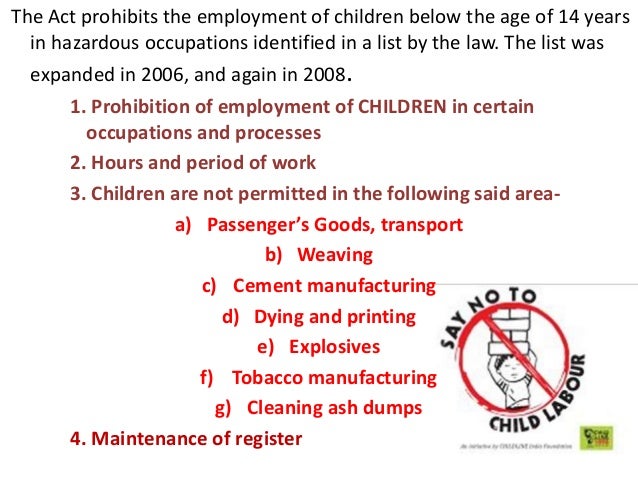

There should be inter-country coordination and it needs to be considered whether childhood is universal and whether the approach towards childhood is homogenising. There should be a policy regarding migrant children as it ratifies to various UN conventions6. The policy of alternative care as implemented in international guidelines has to be implemented in the nation. This paper talks about the recommendations that could be implemented with a special focus on child education. There should be a right-based approach5, that is, we need to fight for different acts so that they are enforced in court. It gives ideas about different sectors but is not justifiable in court as it falls under the category of Directive Principles of State Policy4. However, since there was no clear-cut discussion on the clauses from its inception, the policy document is different from Act. As children are not a homogeneous group and their different needs need different responses, especially the multidimensional vulnerabilities experienced by children3, the Policy calls for purposeful convergence and coordination across different sectors and levels of governance. The Policy has identified four key priority areas: survival, health and nutrition education and development protection and participation, for focused attention. It recognizes that a long-term multisectoral and integrated approach is necessary to secure the rights of children. The Policy recognised every person below the age of eighteen years as a child1 and covers all children within the territory and jurisdiction of the country2. The Government had adopted the National Policy for Children, 2013 on 26th April 2013.


 0 kommentar(er)
0 kommentar(er)
